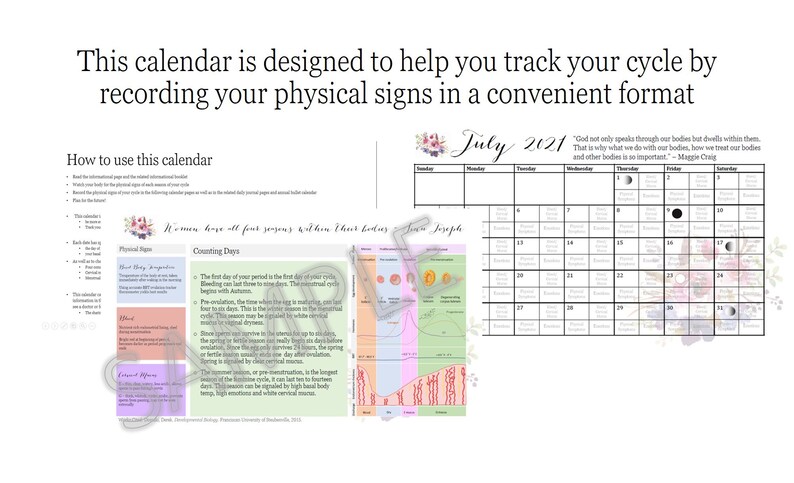
When used correctly, FABMs are 76-88% accurate in determining your fertile window. Their effectiveness can be further increased when you have the discipline to check and chart your fertility signs each day as well as work with a health care professional who can help you chart them correctly. FABMs are also more effective when you combine multiple methods.

#Menstrual period tracker and ovulation calendar how to#
When you know what to look for and how to track these signs, you’ll learn to identify your own individual pattern over time. Your body naturally provides signs about your fertility status throughout your menstrual cycle. The same study also found that for those women who have regular cycles, the day of ovulation was highly unpredictable. To top it off, another study from 2006 found that factors such as stress, diet, and sleep can affect the length of your cycle as well as when you ovulate. However, according to a study conducted in 2000, 70% of women ovulated outside of that time frame. Since there are only six days each month in which you can get pregnant, FABMs can help take the guesswork out of when you will ovulate. Clinical guidelines suggest that your fertile window falls between days 10 and 17 in a typical 28-day menstrual cycle. (It’s important to note that using FABMs as a form of birth control is not as effective in preventing pregnancy as other forms of birth control, such as pills or an IUD.) What Are the Benefits of Fertility Tracking? FABMs can be used to predict when you’re most likely to conceive each month or as a natural form of birth control - giving you an indication of which days you should avoid sexual intercourse or use a barrier method such as a condom. This fertile window includes the five days before your ovaries release an egg each month and the day of ovulation. These are the six days you’re most likely to get pregnant based on the idea that sperm can live in the uterus for up to five days and an egg can survive 12-24 hours after ovulation.įertility awareness-based methods (FABMs) are the methods used to naturally track when your body is entering the fertile window. What Is Fertility Awareness?įertility awareness (also commonly called fertility tracking, ovulation tracking, natural family planning, or fertility charting) is knowing and recognizing when you’ve entered the fertile window of your menstrual cycle. We’ve broken down each method for you so that you can determine the best fertility awareness method for you and your body. We’ve also compiled a list of our favorite fertility tracking apps and tools that can make getting pregnant (or not getting pregnant) easier. Some are more effective than others and some work best when used in combination with other methods. There are many different methods, apps, and devices you can use to tracking your fertility. Whether you’ve just started your journey of trying to conceive, have been try for a while without success, or aren’t quite ready to start a family, tracking the days you’re most fertile (called fertility awareness) can help. It’s all about getting to know your body and its natural rhythm so that you can better predict when ovulation will occur. With this information, our ovulation calculator estimates your next fertility window (and the next one after that).īased on your results from our ovulation calculator, you can also sign up for handy email reminders, so you’ll always know your ‘Fertile Window' each month.Did you know that tracking your fertile days can increase your chances of getting pregnant? Or even help you figure out which days to avoid having intercourse so that you don’t get pregnant? Simply select your usual cycle length from the dropdown box and then choose the date on the calendar when your last period started. Ovulation urine tests can give you some idea of your fertility window, or you might find further advice from your GP or fertility specialist useful. If you have irregular menstrual cycles, calculating your ovulation date can be more difficult, but we suggest going by your shortest period date to ensure you don’t miss your ovulation date. A woman's menstrual cycle can vary from 23 to 35 days, with the average cycle length being about 28 days. Your cycle length is the number of days between the first day of bleeding of one period, and the first day of bleeding of the next. You should be having sex every couple of days during your fertile window to maximise your chance of getting pregnant.įor our Ovulation Calculator to be the most accurate and useful, you’ll need to keep track of the dates of your recent menstrual periods. IVFAustralia's Ovulation Calculator will help you understand your ‘fertile window’ – or your window of opportunity to fall pregnant during an average menstrual cycle. If you’re trying to fall pregnant, the timing of when you and your partner have intercourse is critical.


 0 kommentar(er)
0 kommentar(er)
